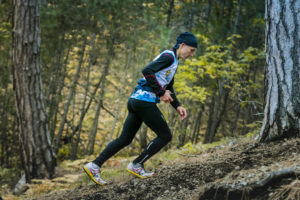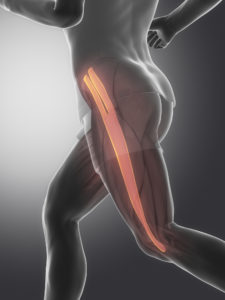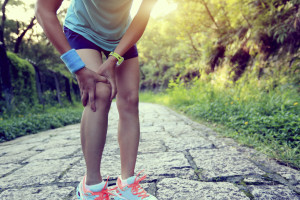Knee pain is a familiar problem for runners and accounts for about 20% of running injuries. The big problem with it is often in tackling hills where it can be fine as you go up but the pain really increases as you descend and as a result you are always looking for flat courses while you deal with it. Here are 5 courses from across Scotland that really do require your knees to be in pain free before you tackle them.
The Whangie Wizz
The Whangie Wizz has to be in the list for it’s name alone but it would be a great introduction to hill racing if you hadn’t done any before.
Famous for it’s mountain biking trails Glentress also hosts 3 trail races over 10k, 21k and 42k. I had two clients do the half marathon event this year on what was a dry day but pretty grim conditions under foot as it had been raining heavily that week.
With a route that is anything but flat, this multi-terrain route will give you plenty of challenges and some amazing views.
I would suggest infinitely more interesting than the Edinburgh Marathon itself, in my opinion. The Seven Hills of Edinburgh doesn’t have a specific route beyond you have to cover all of Edinburgh’s 7 hills starting on Calton Hill before you finishing back on Calton Hill. The course is just over 14 miles and has 2,200ft of ascent/descent and takes you around the city from Edinburgh Castle, Corstrophine Hill, Craiglochkhart Hill, Braid Hill, Blackford Hill and Arthur’s Seat. It takes the top finishers around 100 minutes and has to be one of the most interesting city races about.
I’ve been to Harris, though not to do the race, and it is stunning regardless of the weather and we got everything except snow when we were there. Whilst not as hilly as you might think there are enough descents that you would definitely want your knees to be in good shape before tackling it.




